Welcome to the Wild Bluebell Homestead blog, a haven where nature’s treasures meet the art of sustainable living. Today, we’re venturing into the verdant heart of the Fraser Valley, British Columbia, a region renowned for its lush landscapes and natural bounty. In this corner of the world, where the mountains whisper ancient tales and the forests hold secrets of old, grows a small, vibrant gem — the red huckleberry (Vaccinium parvifolium). This jewel of the Pacific Northwest is not just a berry; it’s a symbol of the rich ecological tapestry and cultural heritage that define our region. Whether you’re a local, from across Canada, or tuning in from around the globe, join us as we delve into the world of red huckleberries, uncovering their unique charm, culinary delights, and the timeless traditions they carry.
Description and Appearance
- Scientific Name: Vaccinium parvifolium.
- Color: As the name suggests, these berries are bright red.
- Size: They are small and round, about the size of a pea.
- Leaves: The leaves of the red huckleberry bush are small, ovate, and alternately arranged.
- Habitat: They thrive in acidic soils, often found in coniferous forests, particularly in the understory of Douglas-fir, hemlock, and spruce forests.
Taste and Culinary Uses
- Taste: Red huckleberries have a tart, somewhat tangy flavor, which can be more pronounced than their blue or purple counterparts.
- Culinary Uses: They are excellent for jams, jellies, pies, and other desserts. Due to their tartness, they’re often combined with sweeter fruits or added sugar in recipes.
Finding Red Huckleberries
- Foraging Season: They typically ripen from late spring to early summer.
- Foraging Tips: Look for them in moist, shaded areas in the forest. They often grow on old tree stumps or logs.
Cultural and Historical Significance
- Indigenous Use: Red huckleberries have been a significant food source for First Nations peoples in British Columbia and the Pacific Northwest. They were traditionally gathered and often traded or used in communal feasts.
- Medicinal Uses: These berries, along with other parts of the plant, were used in traditional medicine by indigenous communities.
Nutritional Content
- Rich in Vitamin C: Like other huckleberries, they are a good source of Vitamin C.
- Antioxidants: They contain antioxidants, which help in fighting free radicals and reduce inflammation.
Sustainability and Conservation
- Foraging Considerations: Sustainable foraging practices are crucial to ensure the continued availability of these wild berries for both humans and wildlife.
- Environmental Impact: Red huckleberry bushes can be sensitive to environmental changes, making conservation efforts in their native habitats important.
Culinary Preparations
- Jams and Jellies: Their tartness makes them ideal for preserves.
- Desserts: They can add a unique flavor to cakes, muffins, and tarts.
- Savory Pairings: Their tart flavor can complement gamey meats and be used in sauces.
As we conclude our journey through the enchanting realm of red huckleberries, it’s evident that these small, tart berries are more than just a seasonal treat. They are a testament to the beauty and diversity of the natural world, particularly here in the Fraser Valley. In every handpicked berry lies a story of the land, a tale of tradition, and a piece of our shared heritage. At Wild Bluebell Homestead, we cherish these connections to nature and strive to preserve them for future generations. We hope this exploration has not only enlightened you about the red huckleberry but also inspired a deeper appreciation for the wonders that lie in our backyards, across Canada, and beyond. May your foraging adventures be fruitful, and your culinary explorations be as rich as the history of these delightful berries. Stay tuned for more tales and tips from nature’s bounty, right here on the Wild Bluebell Homestead blog.

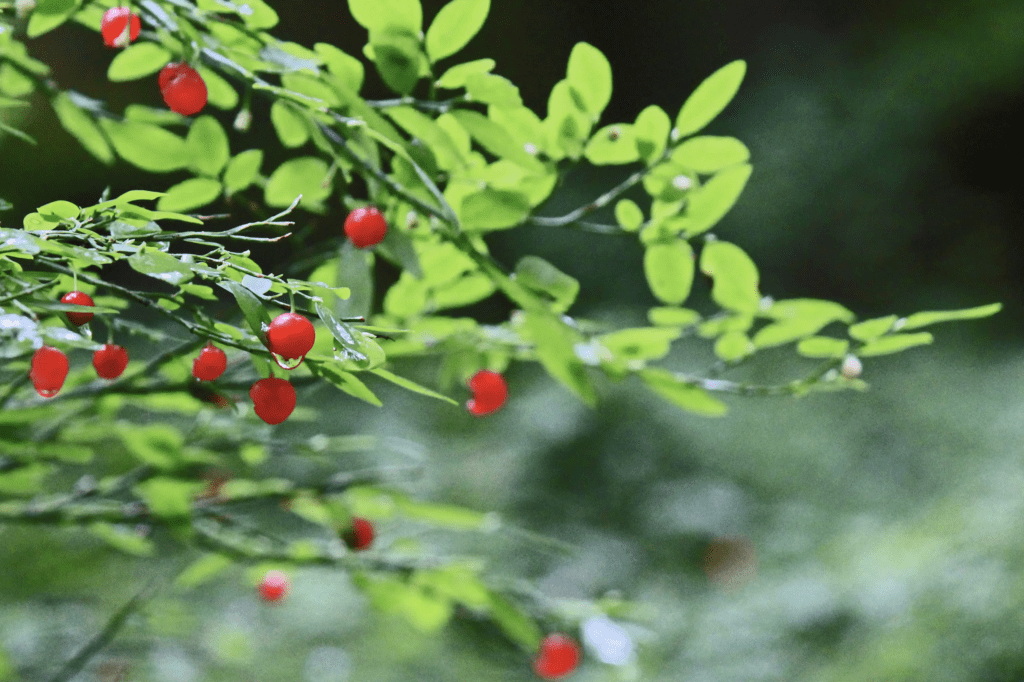

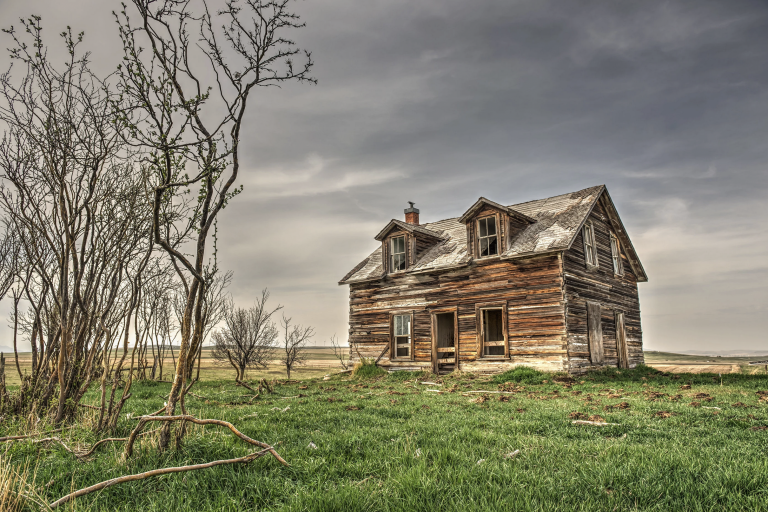
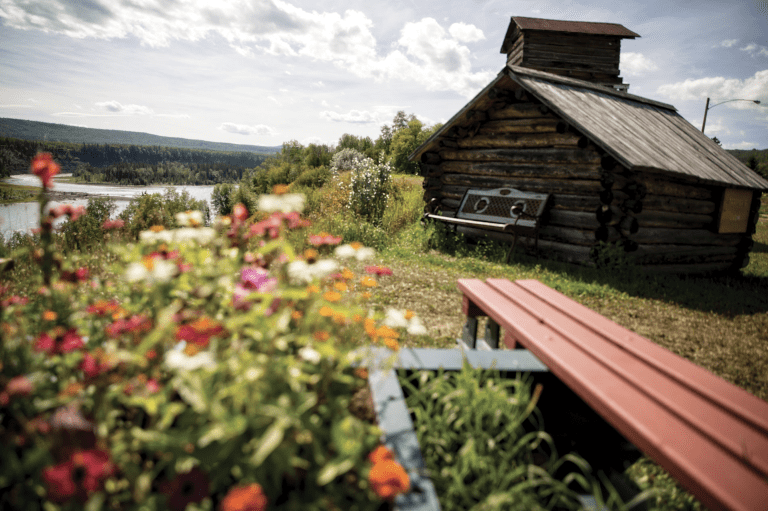
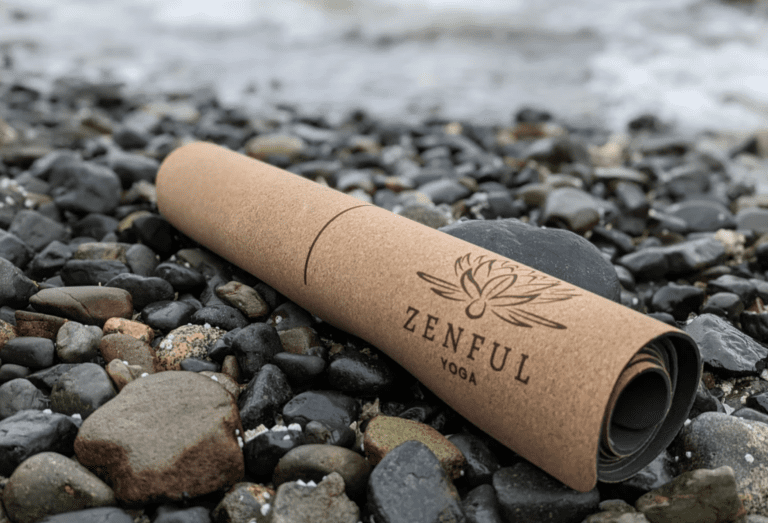



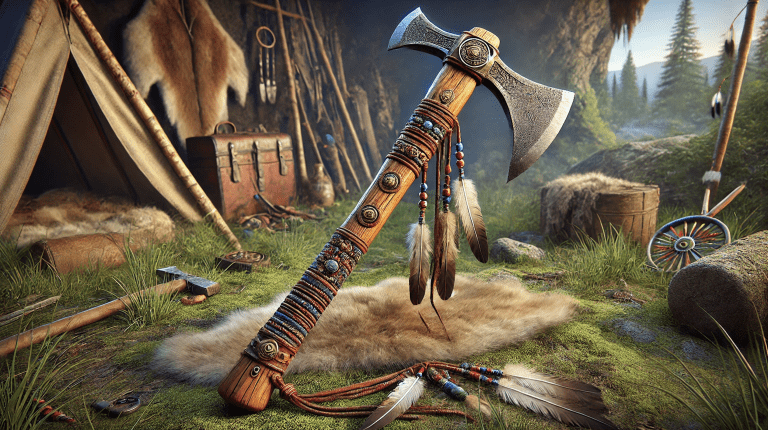
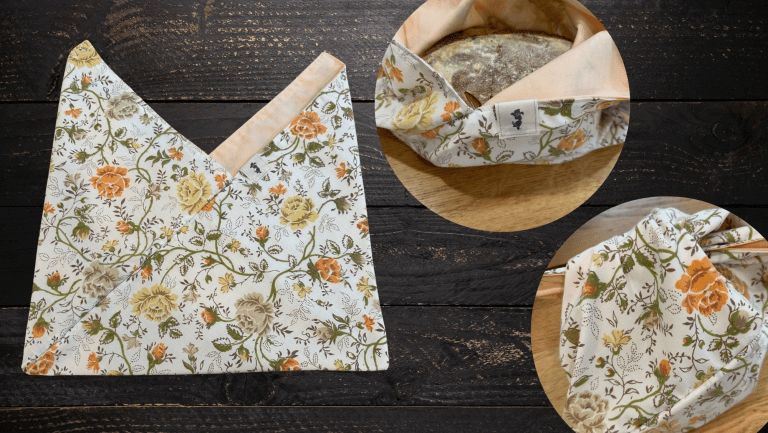

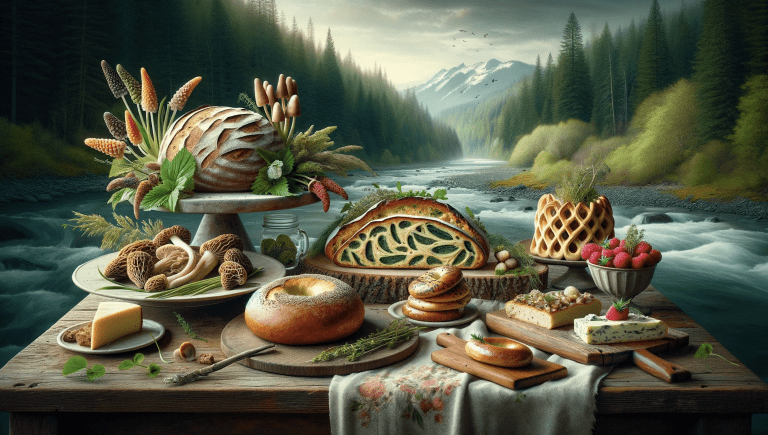
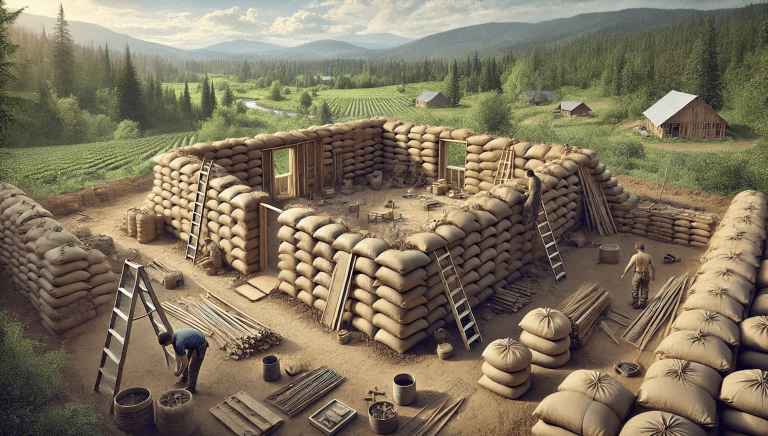
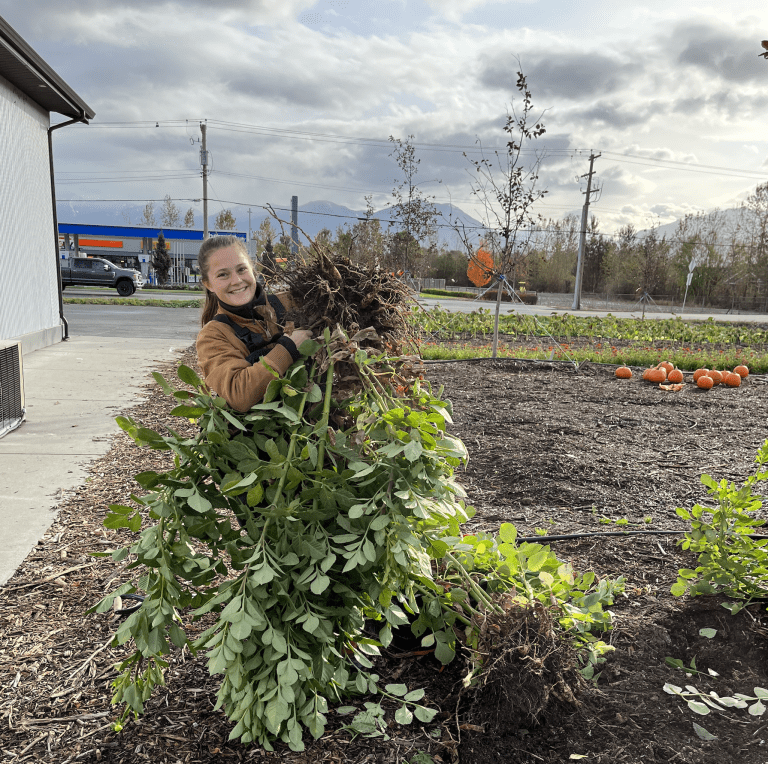


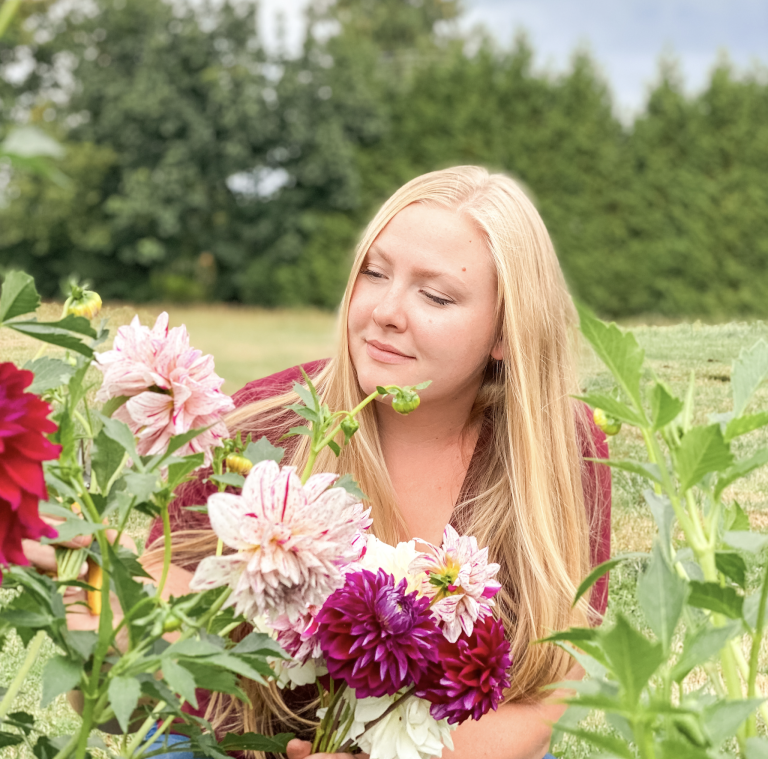

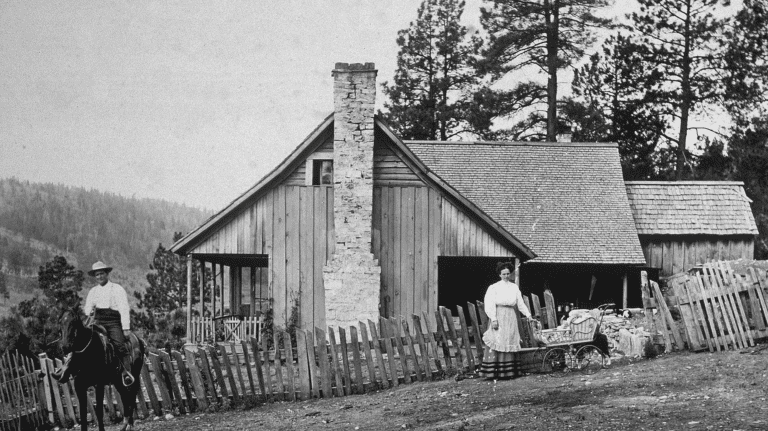
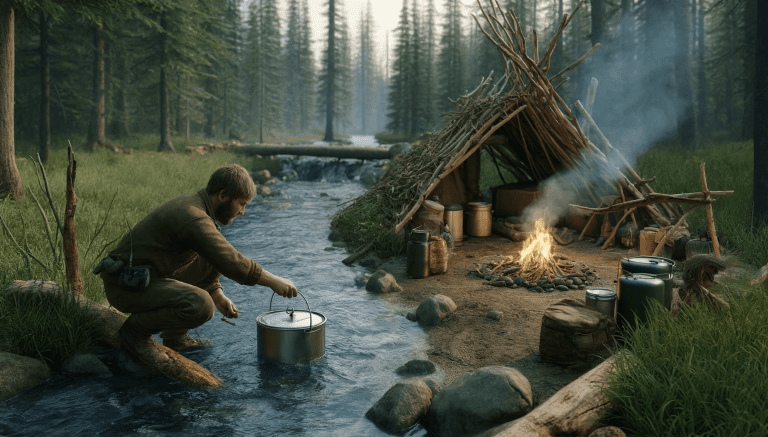

I worked under Head Golf Professional Richard Leisen (Burnaby Mountain Golf Course) in the Greater Vancouver B.C., Canada area at Kensington Pitch & Putt in North Burnaby during the late 1980’s. Red Huckleberries grew WILD at that 18-hole Pitch & Putt, so even if I did not take a lunch (or even if I did), there were always tasty Red Huckleberries to eat! Very Healthy and I recommend them to everyone (I was raised on an Orchard in the Okanagan too!). As an “un-carded Golf pro” tasked with helping beginning golfers and maintaining a fair pace of play, it was a good job and all the walking in fresh air was good!